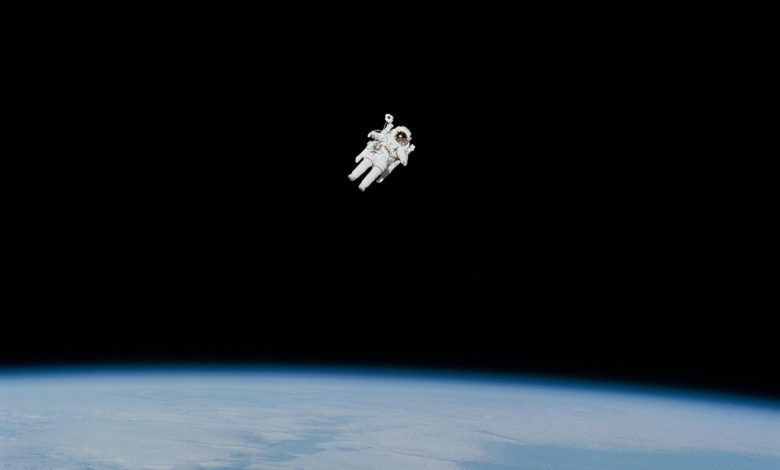
The idea of a trip to Mars is intriguing, but it currently poses some challenges. Spending 18 months in microgravity could have major effects on your health — and not in a good way. What if humans could simulate the effects of gravity during spaceflight? Here’s everything to know about artificial gravity explained in simple terms.
A Solid Foundation: What Is Gravity?
To have artificial gravity explained, you need to understand gravity itself. The more atoms are in an object, the more massive it is and the greater gravitational pull it exerts. Even you create a tiny, imperceptible gravitational pull.
The Earth creates very strong gravity because it’s so massive. All organisms on Earth evolved under a gravitational pull of 1 g, which equals 9.8 meters per second squared. This measurement is called g-force.
If you were on the International Space Station (ISS), you wouldn’t feel any g-force at all. Even though you’d still technically be under the Earth’s 1-g gravitational pull and therefore falling toward the planet, you’d be traveling forward so quickly — at 17,500 miles per hour — that your velocity would match the Earth’s gravity.
You would float. The problem is you didn’t evolve to do that and if you stayed in microgravity long enough, your muscles and bones would start to waste away. At home on Earth, you’re constantly exercising your musculoskeletal system just by existing — even sitting in a chair engages your muscles.
On the space station, astronauts have to exercise for two and a half hours per day to keep their muscles from atrophying. That’s time they could otherwise spend performing research. Could artificial gravity provide a solution?
Artificial Gravity, Explained
Have you ever turned a sharp corner while driving and felt yourself slide sideways? It probably felt as though something was pushing you.
What you felt was centrifugal force, which is your body’s tendency to want to carry on in a straight line as you round a curve. Einstein’s equivalence principle states gravity from acceleration is indistinguishable from the real thing. For example, going up in an elevator makes it feel like you’re being pulled to the floor.
If a spaceship could replicate that feeling for the duration of your trip to space, it would be called artificial gravity. It’s simply another way of saying “anything that makes you feel like you’re being pushed downward.” That’s artificial gravity explained in a nutshell.
Proposed Ways to Create Artificial Gravity
Although they’re still relegated to the realm of science fiction, there are a couple of theoretical ways to create artificial gravity.
A Super-Strong Magnet
Couldn’t people build a giant magnet to help anchor people to the floor? Or couldn’t astronauts wear magnetic boots? Unfortunately, there are a couple of issues with this idea.
The first is that spacecraft are highly tuned vehicles. Engineers need to know where a spacecraft’s center of gravity is within an accuracy of one millimeter and throwing strong magnets into the mix would entail some drastic design changes. There couldn’t be any magnetic metals aboard the ship, raising questions about what construction materials to use and how astronauts would use tools.
The second problem is wearing magnetic boots powerful enough to anchor you to the floor would be exhausting. Lifting your legs would require more effort than it would on Earth.
Third, magnetic boots would give only your legs a workout. The rest of your body would still experience the effects of microgravity, meaning you’d have to exercise several hours a day in addition to wearing heavy, magnetic boots.
Finally, sending a large magnet into space would be very expensive. The spacecraft would have to use extra fuel to support the weight.
A Spinning Space Ship
The strongest contender for creating artificial gravity would be to build a spinning spacecraft. A constant 1-g acceleration as the ship rotated would simulate the feeling of gravity and astronauts would get used to it eventually.
Or would they? If the ship was too small, crew members would pass out from the blood drawing away from their heads and into their feet. The structure would have to be enormous to avoid this issue. Building the ISS cost $150 billion and an artificial gravity ship would have to be much bigger — and a lot more expensive.
Furthermore, it would need to spin constantly. What would fuel that constant acceleration? Engineers haven’t yet figured out a way to propel this theoretical spacecraft.
Grounded in Reality
That’s artificial gravity explained in just a few words. Humans aren’t quite there yet, but who knows? The astronauts of the future might use artificial gravity every day. For now, it’s just an idea being floated out.



